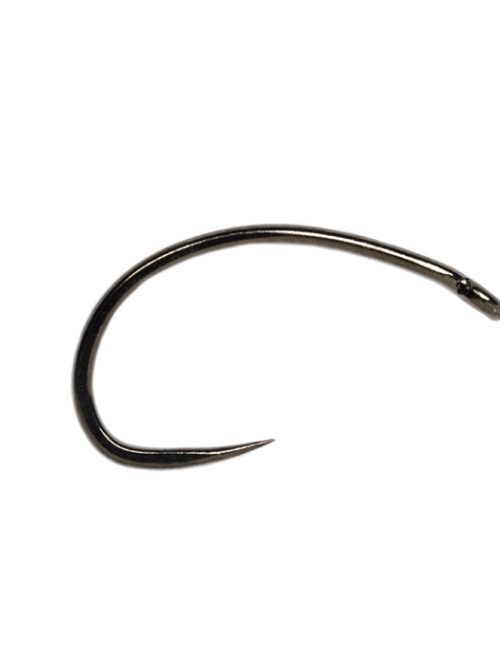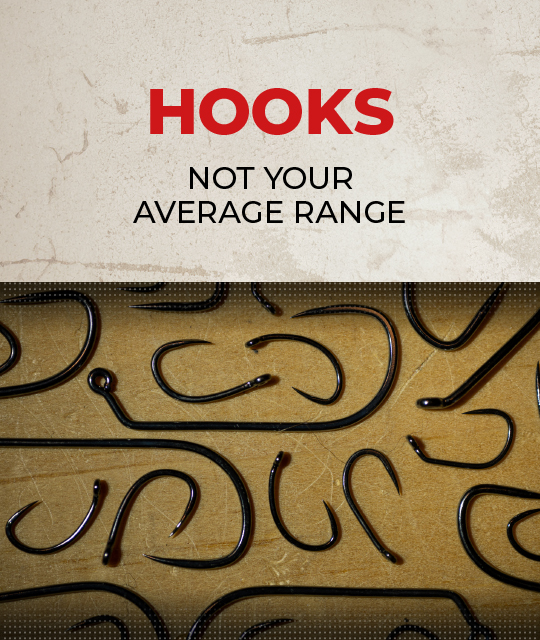If you’ve ever tied a fly, you’ve heard of Tim Flagler. A prolific tier, he’s famous for his high-quality YouTube tutorials and tying tips. He’s been fly fishing and tying for more than 30 years, and founded Tightline Productions in 1998. There are few more experienced tiers and anglers out there, so sit back and enjoy!
When did you start fly fishing? Tell us about how you got into the sport.
I started fly fishing while attending St. Lawrence University in upstate New York. With the Adirondacks just to the south, Lake Ontario tributaries to the west and all of Canada to the north, and the rather firm insistence from a professor that I fly fish as oppose to spin fish, I really had no choice.

What is your favorite style of fly fishing, and why?
At present, it’s trout spey. For me, it’s something new, relaxing and a great excuse to purchase more gear. This is, of course, subject to change without notice.
What do you think the next popular fly fishing technique will be?
Lighter and lighter trout spey gear, like 1 and 0 weight rods. These will be 2-handed rods, capable of casting delicate Scandi-type lines – perfect for swinging soft hackles and other small wet flies.
With just under 600 videos published on YouTube, you’re famous for your high-quality tying videos. Out of all the flies you tie, what is your all-time favorite and why?
Boy, that’s a tough one! I’m going to have to say the Squirrel & Herl Bugger. The fly flat out works over a wide range of conditions and can be tied in a variety of sizes and color combinations. But, perhaps most importantly, it’s loaded with different tying techniques that can be used on many other patterns as well.

Follow along here to learn how to tie the Squirrel and Herl Bugger!
What are you filling your boxes up with for your local rivers this season?
I’m currently tying a lot of Euro-nymphs on jig hooks with tungsten beads, and real small stuff, like sizes 24-28 that I’ll use while guiding. Then, a bunch of mini-intruders and soft hackles that I’ll use for my own angling enjoyment.
You probably have tied 10s of 1000s of flies over the years. How do you go about organizing your fly box?
In a nutshell, I really don’t. I have probably close to 100 fly boxes in all sorts of shapes and sizes, and I’m constantly moving flies around to create a box that will match the conditions I’m planning on fishing or the destination. It’s far from an exact science.
“Flagler’s Euro Golden Stone Barbless” is one of our popular euro nymph flies. With so many stonefly nymphs on the market, what sets this pattern apart?
That fly is the final iteration of different golden stonefly patterns I’ve been tying and fishing for close to 30 years. I’ve stripped off anything that doesn’t seem absolutely essential, like fancy legs, antennae and wing cases. What’s left, I believe, has some built-in movement and strikes the correct balance between imitative and suggestive.

In your opinion, what constitutes a new fly pattern versus a modification to an original?
For this one, can I skip it, phone a friend or plead the 5th?
Do you spend more days of the year fishing, or tying flies?
Because of our YouTube channel and some other contract fly tying video work we do, I’d have to say fly tying. But I wish that wasn’t the case.

What’s your favorite bead color?
Although they’re somewhat hard to find, anything in an olive brown. I know this sounds as dull as dishwater, but that’s sort of the idea.
What advice would you give to beginners who are getting into fly tying?
My advice to beginning fly tyers would be to take full advantage of the instructional resources currently available. More specifically, free fly tying videos on the internet, and not just mine. I learned to tie from books and magazines which is far more difficult. Fly tying is dynamic. As I often say, a whole lot can happen between “Figure 3” and “Figure 4”. You older tyers will know exactly what I mean.

What advice would you give to anglers that want to up their game on the water this year?
This is sure to draw some criticism, but look to the competitive fly fishing community for advice on equipment, rigging and techniques. What they have to offer might not be as fun or relaxing as other methods of fly fishing, but it will most assuredly up your fish count.
What’s new and exciting in the fly tying world?
I like the new hook offerings. Anything barbless, with a black nickel finish and a sexy shape (can I say that about a hook?), and I’m on board.
What are some of your favorite places to fish?
My home water, the South Branch of the Raritan River, here in New Jersey. Anywhere in Patagonia, where I host annual trips in the spring. The Kootenai River in northwest Montana, where I host trips in the summer. And the Margaree River in Nova Scotia where I go to fish with friends in the fall.







